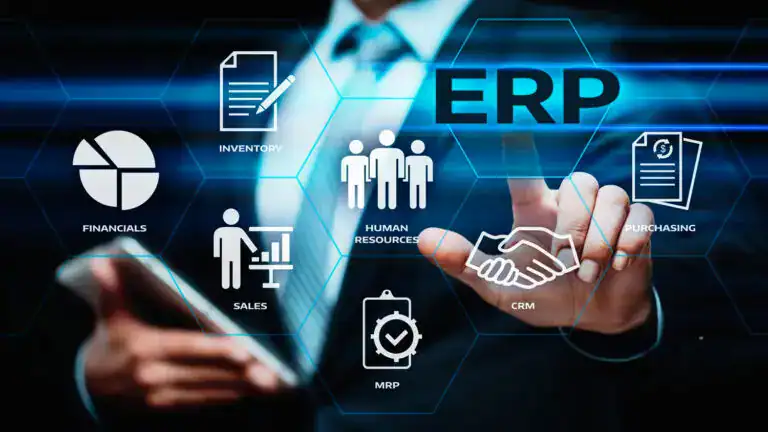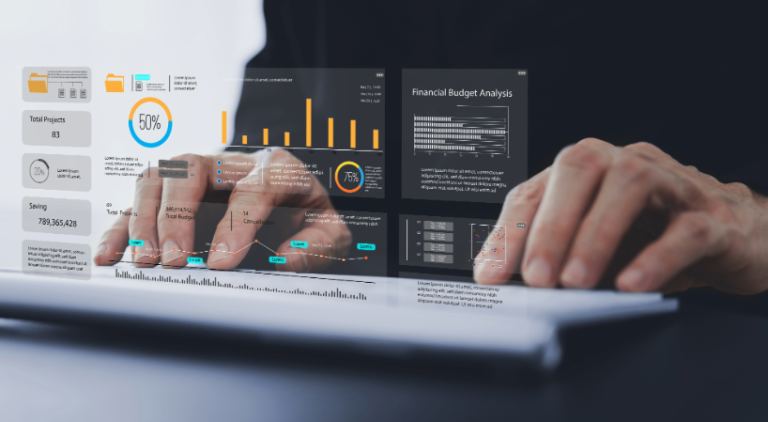
Similar Posts

The Modern COO: Mastering Agility in a Disrupted Landscape
Real estate software is designed to streamline property management tasks, including leasing, sales, brokerage, rentals, and maintenance management. Implementing such software can enhance efficiency by automating processes, reducing manual errors, and providing centralized data access. When selecting real estate software, it’s important to consider factors such as scalability, customization options, and integration capabilities to ensure the system aligns with your organization’s needs.

The 8 key factors to consider when choosing an ERP software
In today’s rapidly changing business environment, Chief Operating Officers (COOs) must embrace agility to navigate disruptions effectively. Implementing a robust Enterprise Resource Planning (ERP) system can integrate operations, enhance real-time decision-making, and foster adaptability, enabling COOs to lead their organizations through uncertainty with confidence.

How to Deploy ERP Software?
Deploying an Enterprise Resource Planning (ERP) system is a complex process that requires meticulous planning and execution. Key steps for successful deployment include defining clear objectives and scope, assembling a cross-functional implementation team, selecting the appropriate ERP system and vendor, conducting a detailed process review, and developing a comprehensive implementation plan. Prioritizing change management and providing thorough training are also crucial to facilitate user adoption and ensure a smooth transition. By following these steps, organizations can enhance operational efficiency and achieve successful ERP implementation.

How long does it take to implement an ERP System?
Implementing an Enterprise Resource Planning (ERP) system is a complex process that can vary significantly in duration, typically ranging from several months to over a year. The timeline is influenced by factors such as the organization’s size and complexity, the extent of customization required, and the availability of resources. Effective change management strategies are also crucial in facilitating a smoother and potentially quicker implementation process.

The Ultimate Guide to Industries Specific ERP
ERP software streamlines operations across industries in the UAE, enhancing efficiency and decision-making. With customizable solutions, PACT helps businesses manage inventory, finances, and customer relationships—contact us for a free consultation.

How Much Does ERP Software Cost in the UAE? A Comprehensive Guide
Implementing an Enterprise Resource Planning (ERP) system in the UAE involves various cost components influenced by factors such as company size, required modules and features, customization needs, implementation and training expenses, and licensing and support models. Understanding these elements is crucial for businesses to budget effectively and select an ERP solution that aligns with their operational needs and financial constraints.